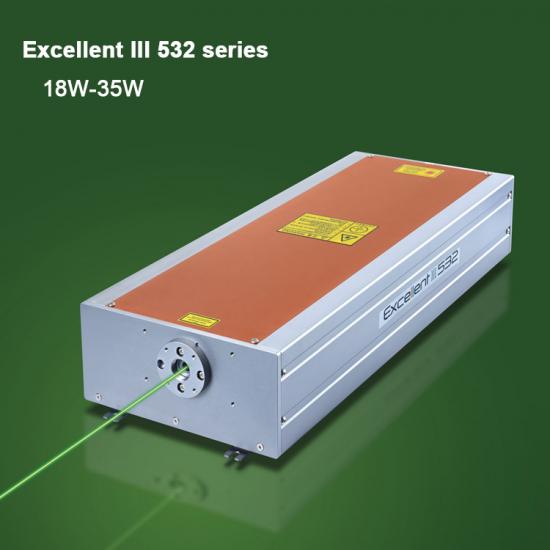Latest Blog
Various cutting methods of green laser beam cutting machine
Aug 16 , 2021Laser cutting is a non-contact processing method with high energy and good density controllability. The laser beam is focused to form a light spot with high energy density, which has many characteristics when applied to cutting. There are mainly four different cutting methods for laser cutting to cope with different situations.
In laser melting and cutting, the workpiece is partially melted and the molten material is sprayed out with the help of airflow. Because the transfer of the material only occurs in its liquid state, the process is called laser melting and cutting.
The laser beam is matched with a high-purity inert cutting gas to drive the melted material away from the kerf, and the gas itself does not participate in the cutting. Laser melting cutting can get a higher cutting speed than gasification cutting. The energy required for gasification is usually higher than the energy required to melt the material. In laser melting and cutting, the laser beam is only partially absorbed. The maximum cutting speed increases with the increase of the laser power, and decreases almost inversely with the increase of the thickness of the sheet and the increase of the melting temperature of the material. In the case of a certain laser power, the limiting factor is the air pressure at the slit and the thermal conductivity of the material. Laser melting and cutting can obtain oxidation-free incisions for iron materials and titanium metals. The laser power density that produces melting but not gasification is between 104W/cm2 and 105W/cm2 for steel materials.

uv laser | green laser | Ultraviolet lasers | uv dpss laser | nanosecond laser | UV laser source | Solid State Lasers
In the laser gasification cutting process, the speed of the material surface temperature rising to the boiling point temperature is so fast that it is enough to avoid melting caused by heat conduction, so part of the material vaporizes into steam and disappears, and part of the material is sprayed from the bottom of the slit by auxiliary gas The flow blows away. In this case, very high laser power is required.
In order to prevent material vapor from condensing on the slit wall, the thickness of the material must not greatly exceed the diameter of the laser beam. This process is therefore only suitable for applications where the removal of molten material must be avoided.
This processing is actually only used in areas where iron-based alloys are very small. This process cannot be used for materials such as wood and certain ceramics that are not in a molten state and therefore are unlikely to allow the material vapor to recondense. In addition, these materials usually require thicker cuts. In laser gasification cutting, the optimal beam focus depends on the material thickness and beam quality. The laser power and the heat of vaporization have only a certain influence on the optimal focus position. In the case of a certain thickness of the sheet, the maximum cutting speed is inversely proportional to the vaporization temperature of the material. The required laser power density is greater than 108W/cm2 and depends on the material, cutting depth and beam focus position. In the case of a certain sheet thickness, assuming sufficient laser power, the maximum cutting speed is limited by the gas jet speed.
For brittle materials that are easily damaged by heat, high-speed and controllable cutting is performed by laser beam heating, which is called controlled fracture cutting. The main content of this cutting process is: the laser beam heats a small area of the brittle material, causing a large thermal gradient and severe mechanical deformation in this area, leading to the formation of cracks in the material. As long as a uniform heating gradient is maintained, the laser beam can guide cracks in any desired direction.
Melting cutting generally uses inert gas. If it is replaced by oxygen or other active gases, the material is ignited under the irradiation of the laser beam, and a fierce chemical reaction occurs with oxygen to generate another heat source to further heat the material, which is called oxidative melting cutting .
Due to this effect, for structural steel of the same thickness, the cutting rate that can be obtained by this method is higher than that of melting cutting. On the other hand, this method may have worse cut quality compared to fusion cutting. In fact, it will produce wider kerf, obvious roughness, increased heat-affected zone and worse edge quality. Laser flame cutting is not good when processing precision models and sharp corners (there is a danger of burning off the sharp corners). A pulsed laser can be used to limit the thermal influence, and the power of the laser determines the cutting speed. In the case of a certain laser power, the limiting factor is the supply of oxygen and the thermal conductivity of the material.